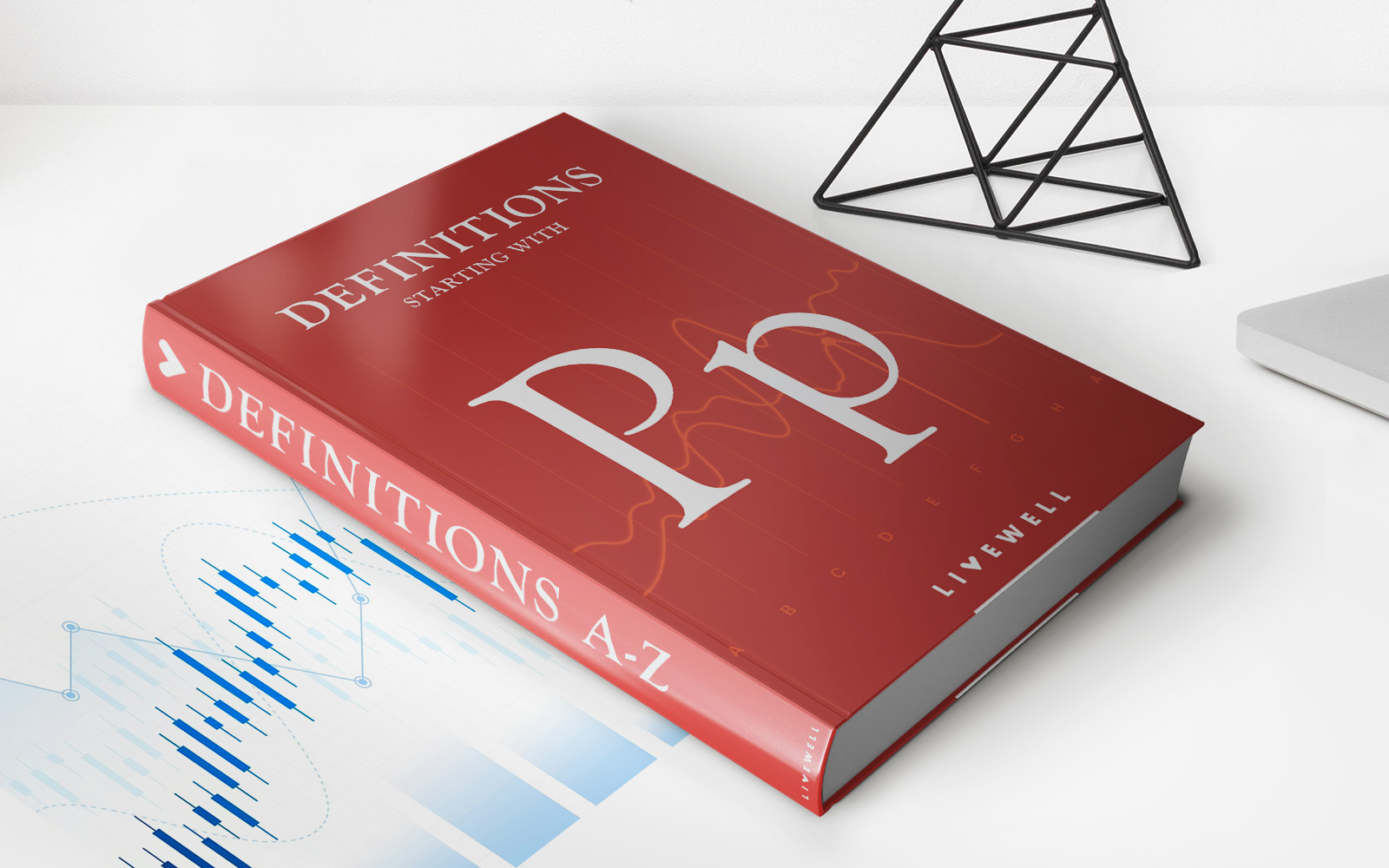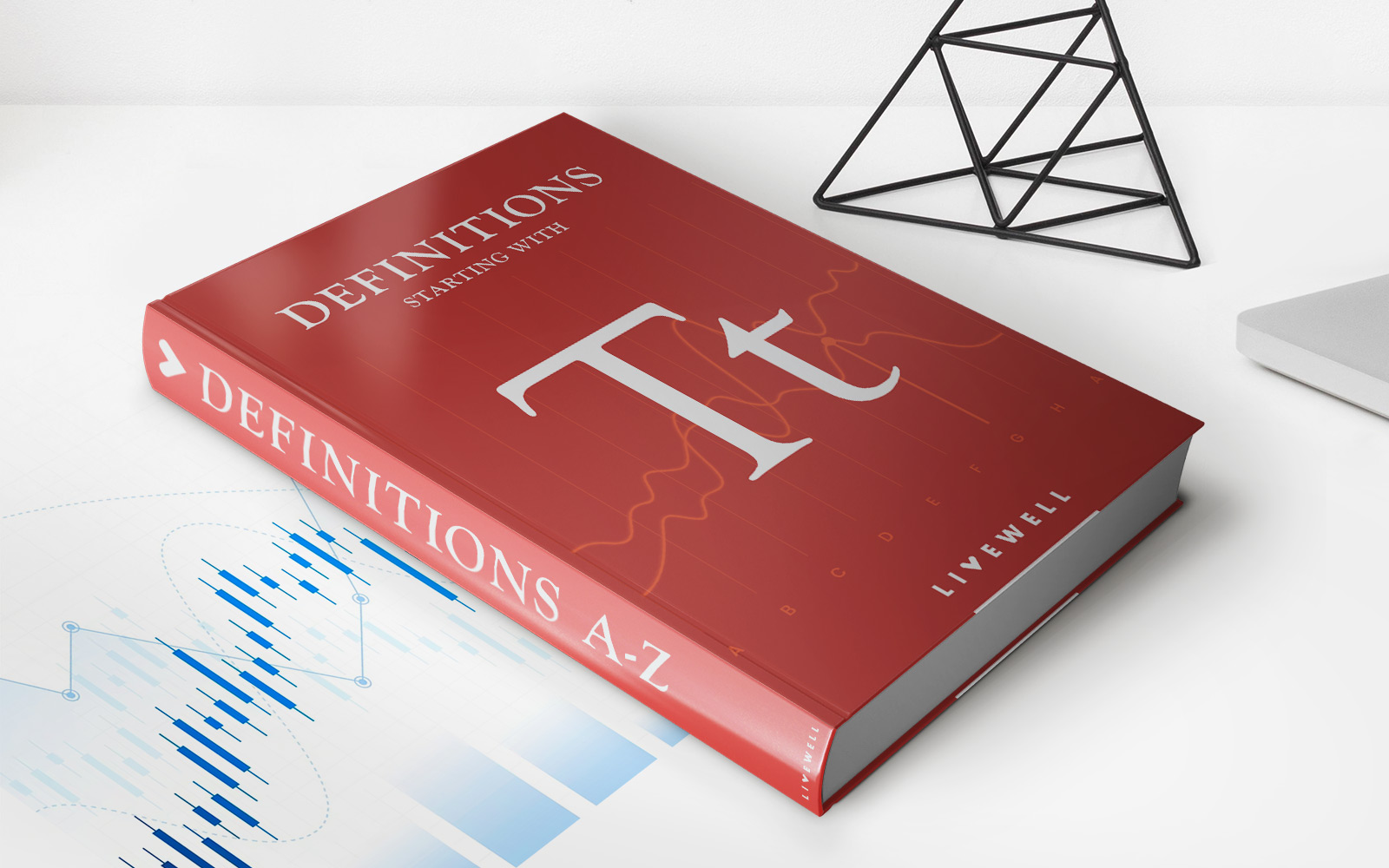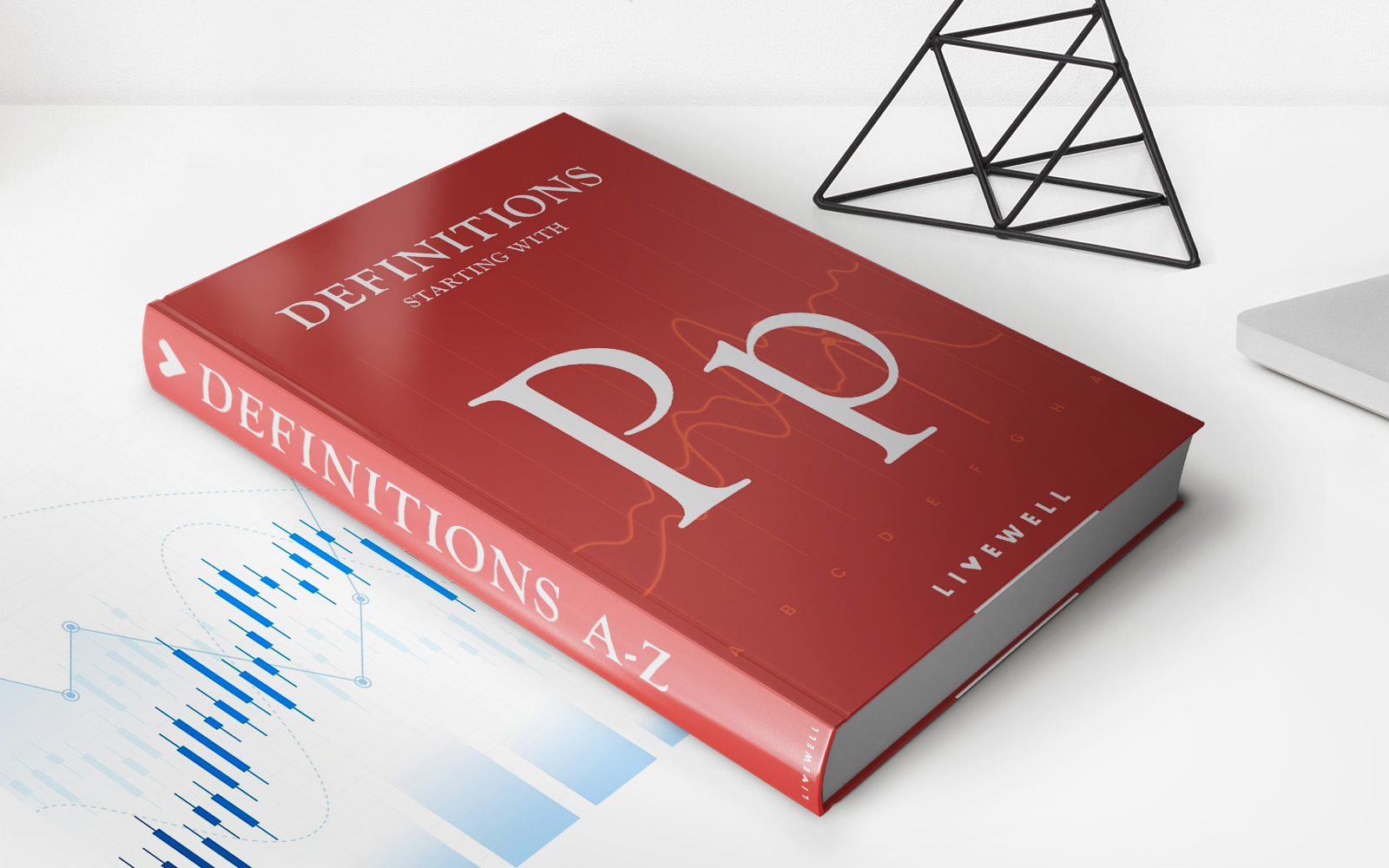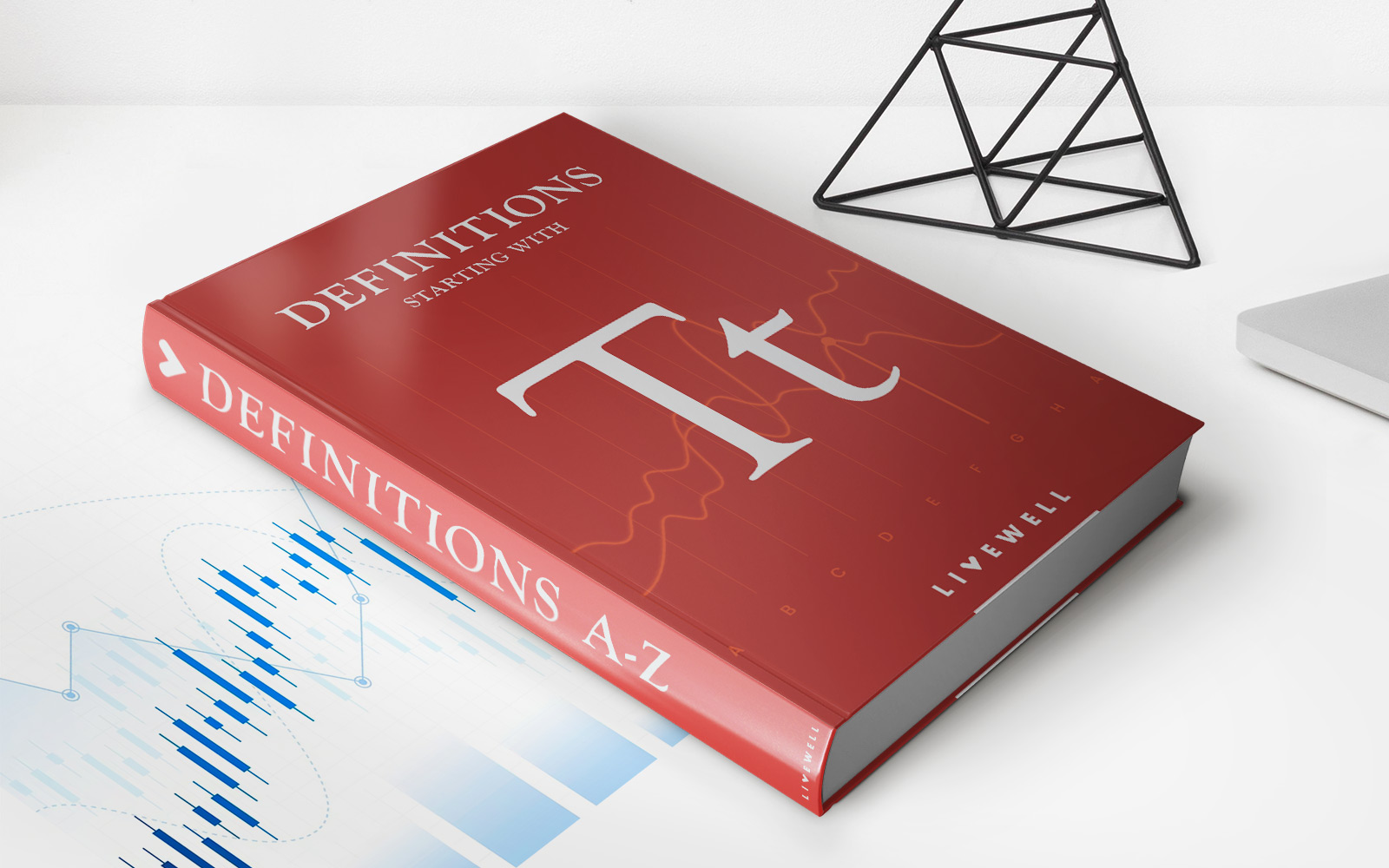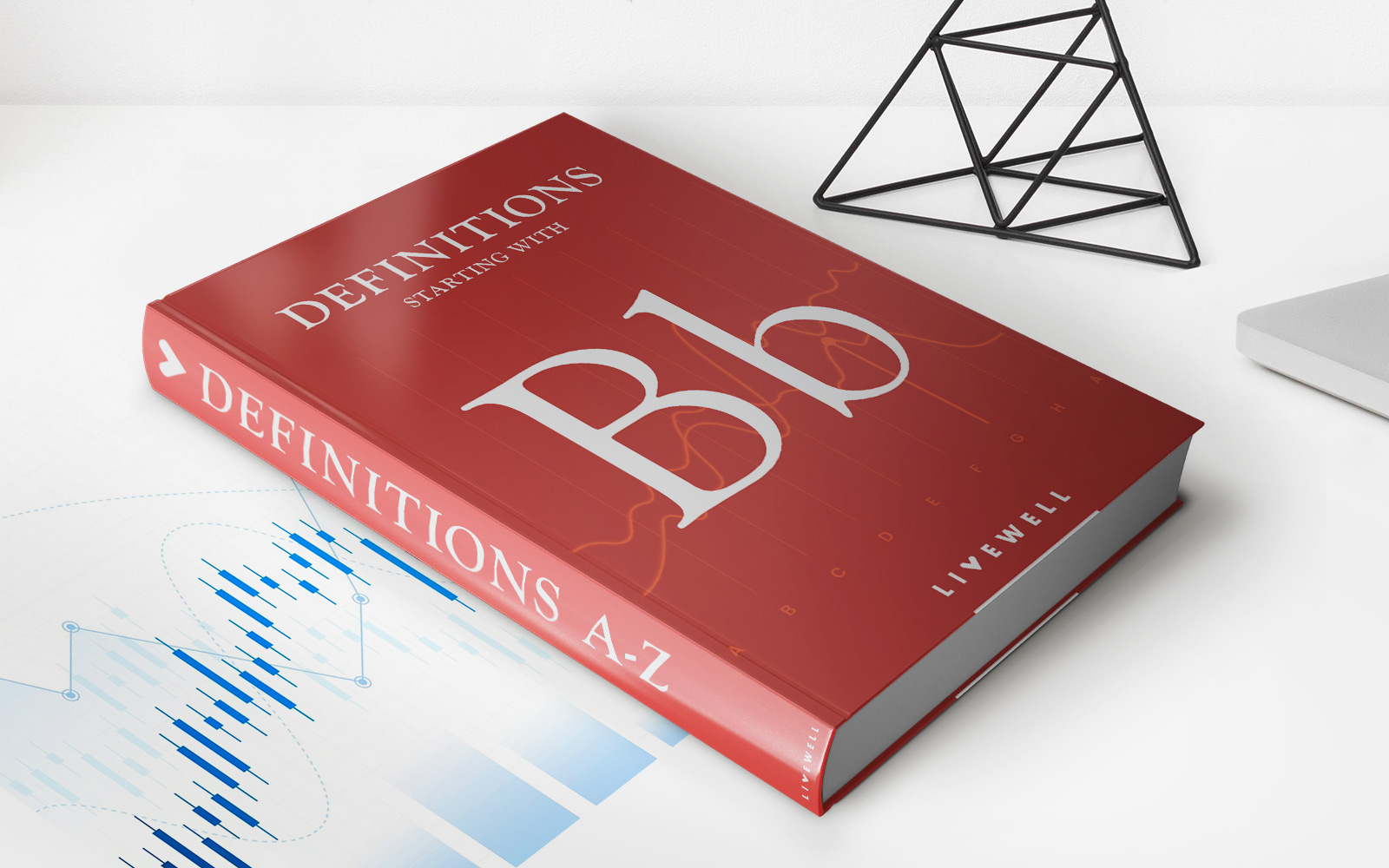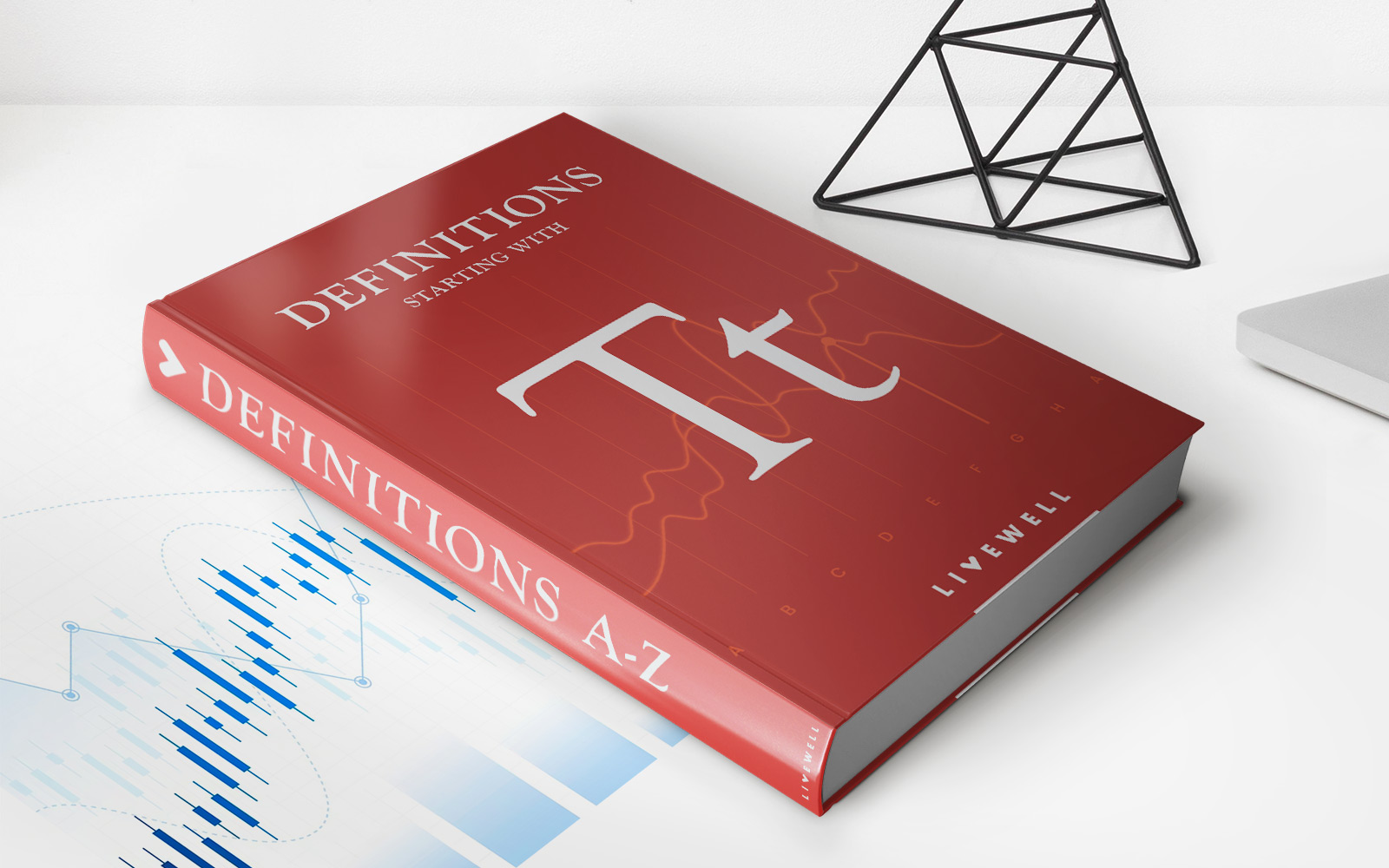Home>Finance>Capital Allowance: Definition, Types, And Use With Taxable Profit


Finance
Capital Allowance: Definition, Types, And Use With Taxable Profit
Published: October 22, 2023
Learn about capital allowances in finance, including their definition, different types, and how they can be used to reduce taxable profit and save on taxes.
(Many of the links in this article redirect to a specific reviewed product. Your purchase of these products through affiliate links helps to generate commission for LiveWell, at no extra cost. Learn more)
Capital Allowance: Definition, Types, and Use With Taxable Profit
When it comes to managing your finances, understanding the various tax deductions and allowances that you’re entitled to can make a significant difference. One such allowance that could help your business save on taxes is capital allowance. In this article, we will dive into the definition of capital allowance, explore its different types, and highlight its relevance in reducing your taxable profit.
Key Takeaways:
- Capital allowances are tax deductions that businesses can claim on certain capital assets.
- These allowances help reduce the taxable profit, resulting in lower tax liabilities for businesses.
What are Capital Allowances?
In simple terms, capital allowances are tax deductions that businesses can claim on certain capital assets they purchase for their operations. Instead of deducting the full cost of these assets from your taxable profit in the year of purchase, capital allowances allow you to spread the cost over several years. This way, you can offset the cost of the assets against your taxable income, thus reducing your tax liability.
Types of Capital Allowances:
There are several types of capital allowances that businesses can utilize. Let’s take a look at some of the most common ones:
- Annual Investment Allowance (AIA): AIA provides businesses with the opportunity to claim a 100% tax deduction on qualifying capital expenditure, up to a certain annual limit. The AIA limit is subject to change, so it’s essential to stay updated on the current rates.
- Writing Down Allowance (WDA): WDA allows businesses to claim a percentage of the remaining cost of an asset that was not covered by the AIA, spreading the deduction over several years.
- First-Year Allowance (FYA): FYA is a type of capital allowance that allows businesses to claim a 100% tax deduction on certain qualifying energy-efficient investments or environmentally-friendly assets in the year of purchase.
- Research and Development Allowances: These allowances are available for businesses involved in research and development activities. They provide tax relief on eligible expenses incurred during R&D projects.
These are just a few examples of the many capital allowances available. It’s crucial to consult with a tax professional or accountant to determine which capital allowances you are eligible for and how to effectively utilize them for your business.
Utilizing Capital Allowances with Taxable Profit:
Capital allowances play a vital role in reducing your business’s taxable profit and, consequently, your tax liability. By claiming relevant capital allowances, you can deduct the costs associated with acquiring capital assets from your taxable profit, which helps in optimizing your tax position.
Let’s consider an example to understand this better:
ABC Company purchases new machinery worth $50,000. With the current Annual Investment Allowance (AIA) limit set at $200,000, ABC Company can claim the full amount of $50,000 as a tax deduction in the year of purchase, reducing their taxable profit for that year. As a result, ABC Company would pay taxes on a reduced taxable profit, potentially saving money and improving their overall financial position.
By taking advantage of available capital allowances, businesses can optimize their tax position, improve cash flow, and invest in further growth and development.
In Conclusion:
Capital allowances are an important aspect of financial management for businesses, providing tax relief on qualifying capital expenditures. By understanding the different types of capital allowances available and utilizing them effectively, businesses can reduce their taxable profit and ultimately, their tax liabilities. Consult with a tax professional to ensure you are making the most of the capital allowances relevant to your business.
